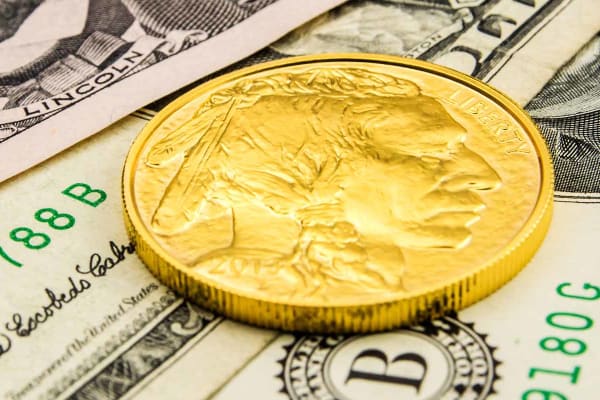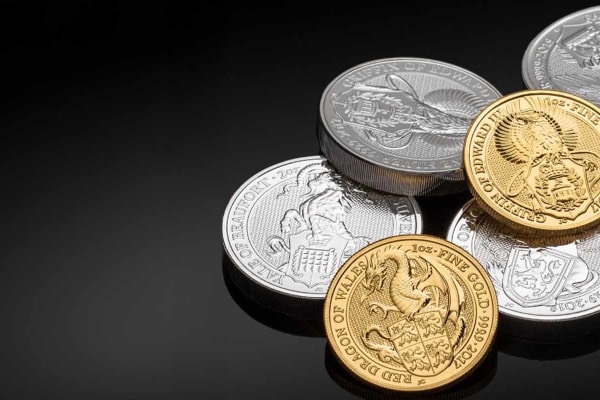
When & Why Did The Gold Standard End?
Uncovering the Gold Standard’s legacy: From precious metal to modern markets

Actually, gold is not the true name of this rare yellow metal although it is the commonly accepted name in use today. Almost every culture has had some experience with gold and there have been many names for this precious metal. The term "Gold" as we know it today, actually derives from Old English and Germanic origins.
The German Gothic language expressed gold with the word gulþa which later evolved into geolu in the Old English language. Geolu is translated to mean "yellow", thus naming the metal for its most dominant characteristic: its golden yellow colour. In the twelfth century, Middle English brought another evolution to the word and our modern word, gold, came into existence.
The chemical symbol for Gold on the periodic table of elements is AU. This symbol is a tribute to the Latin word aurum, loosely translated as "glowing dawn", which was used to describe gold in Ancient Rome. The Ancient Romans were not the first civilisation to encounter gold. Still, they did invent improvements in how gold was mined and extracted, thus increasing the availability of gold throughout their empire. Many of these improved methods invented by the Ancient Romans have stood the test of time and are still used by gold miners today.

Uncovering the Gold Standard’s legacy: From precious metal to modern markets

An average human body (weighing 70kg), contains a small amount of pure gold. Find out how much!

A detailed, UK-focused guide exploring the strengths, risks, and roles of gold and silver in investment portfolios. Learn how each metal performs in times of economic uncertainty, how VAT affects your choices, and what historical and industrial trends mean for future value.